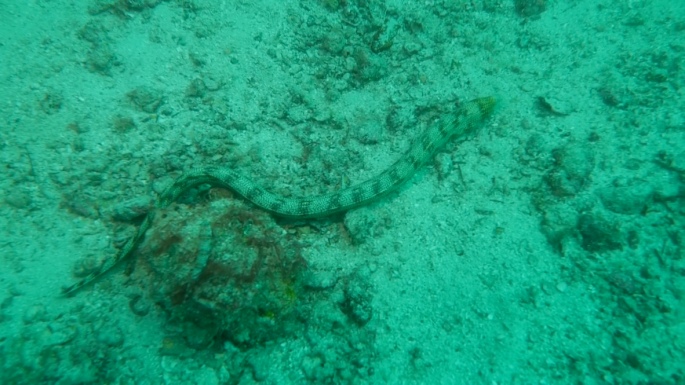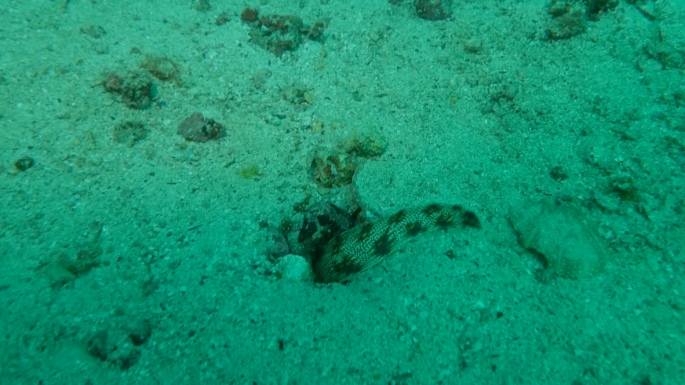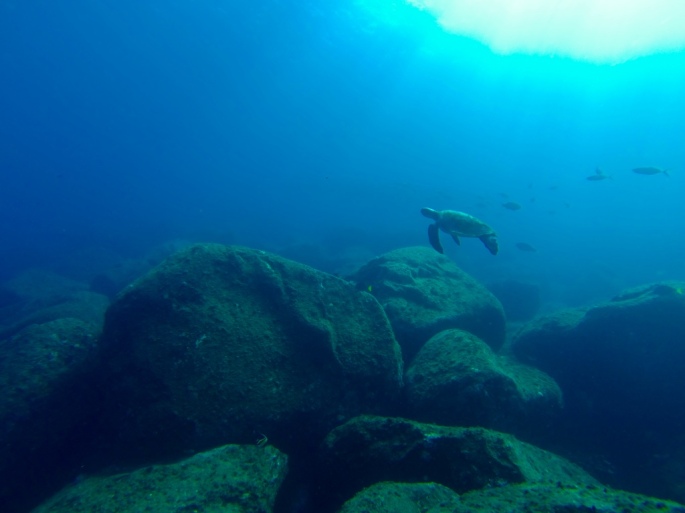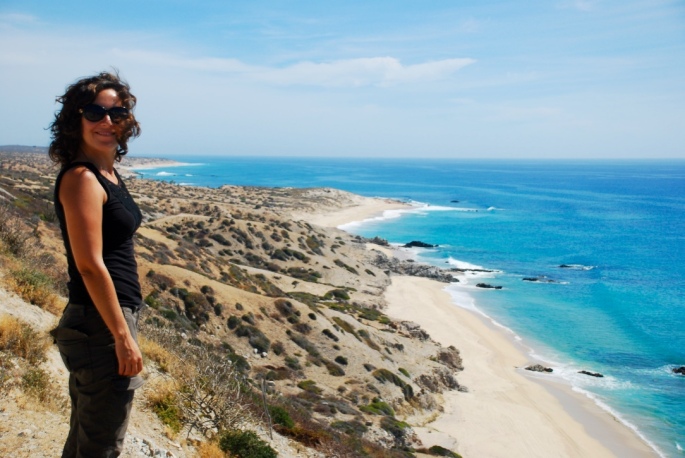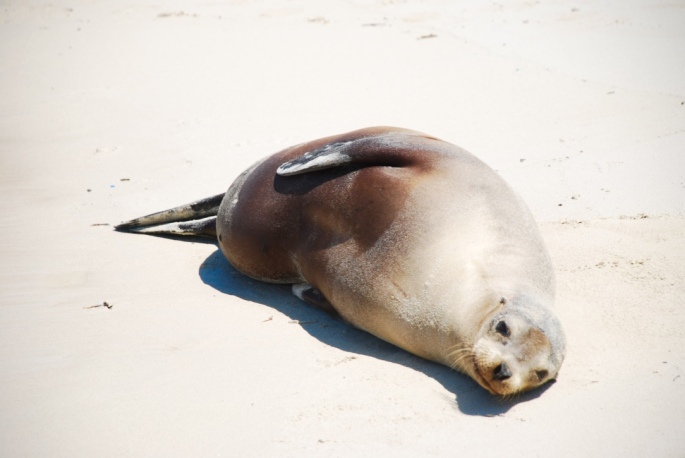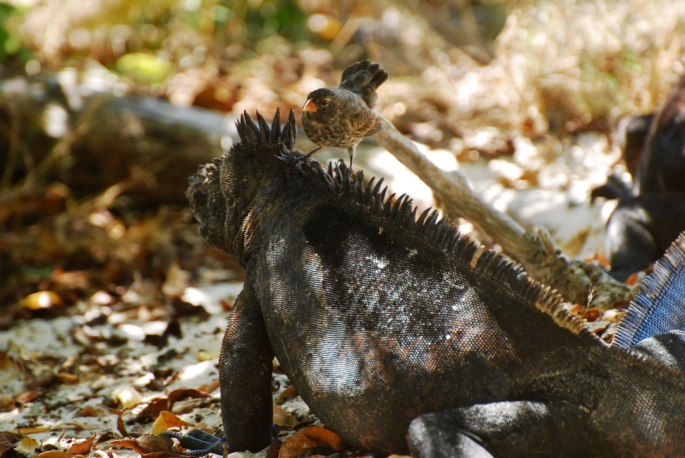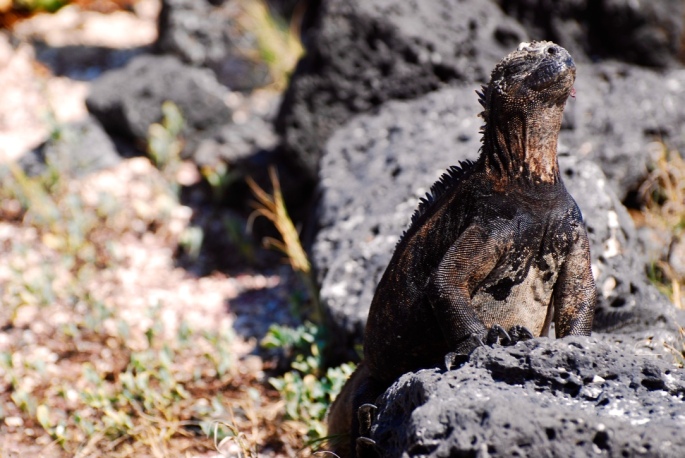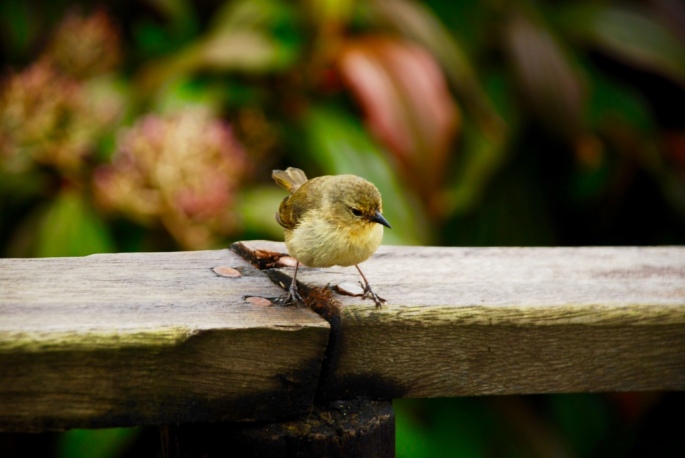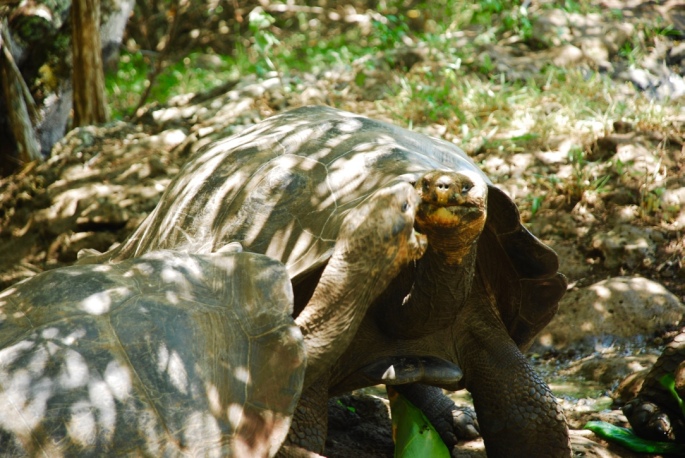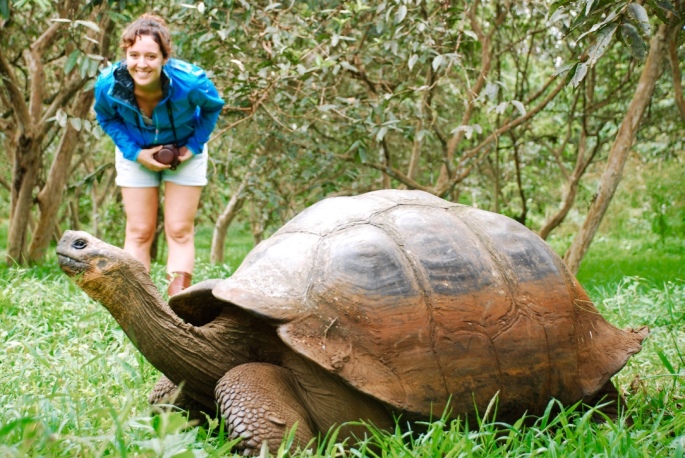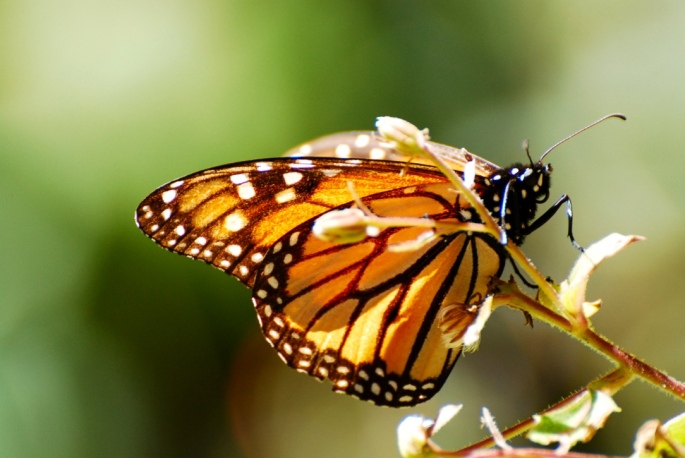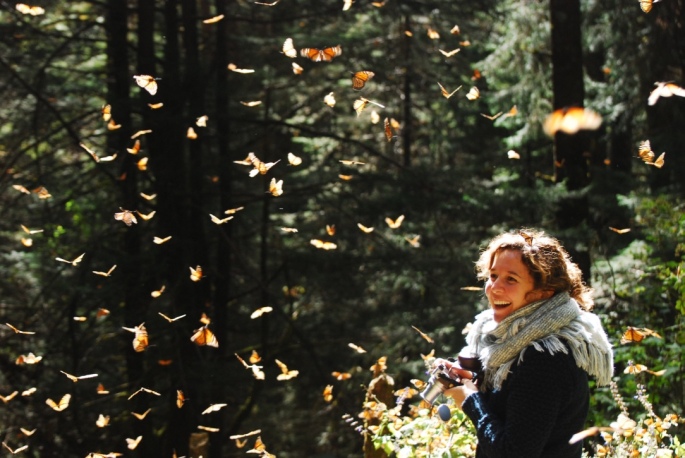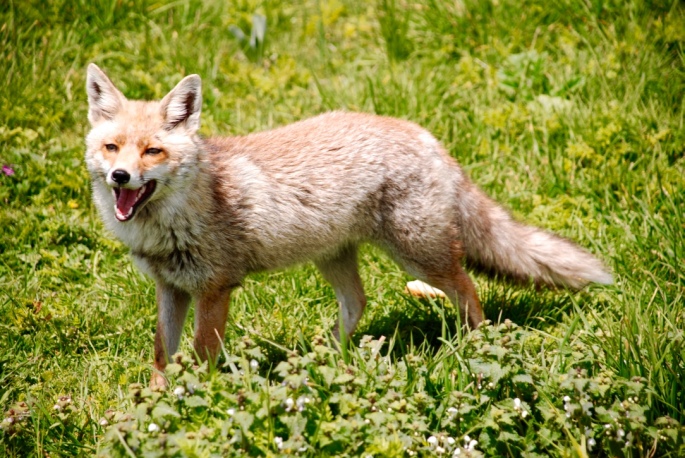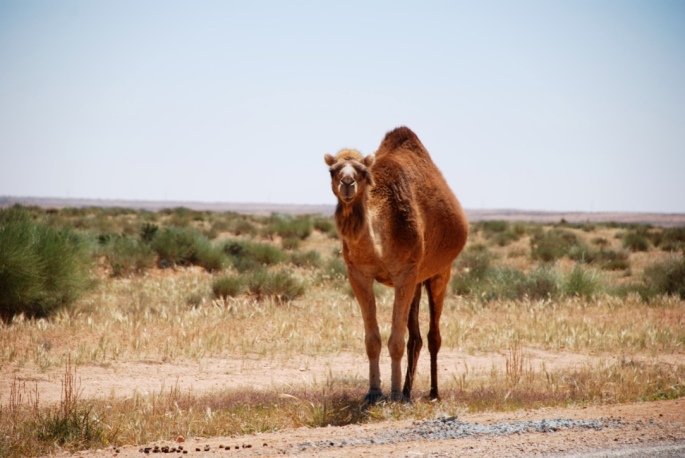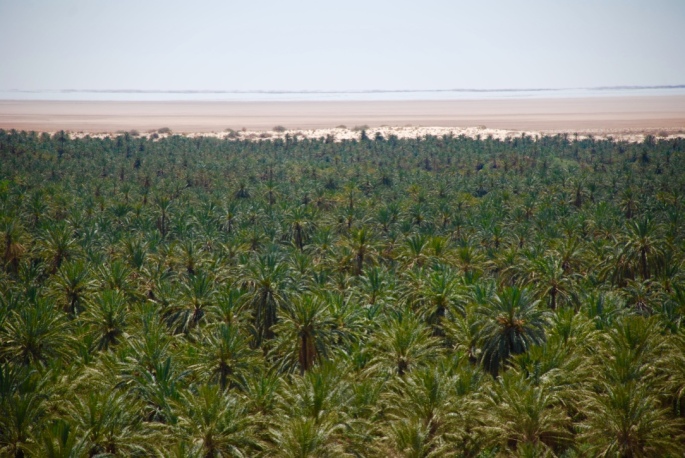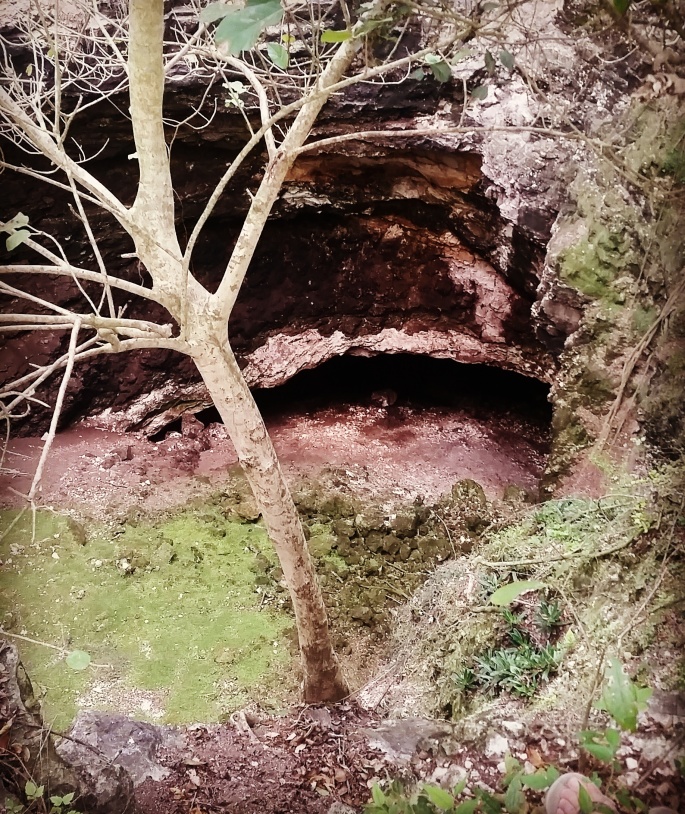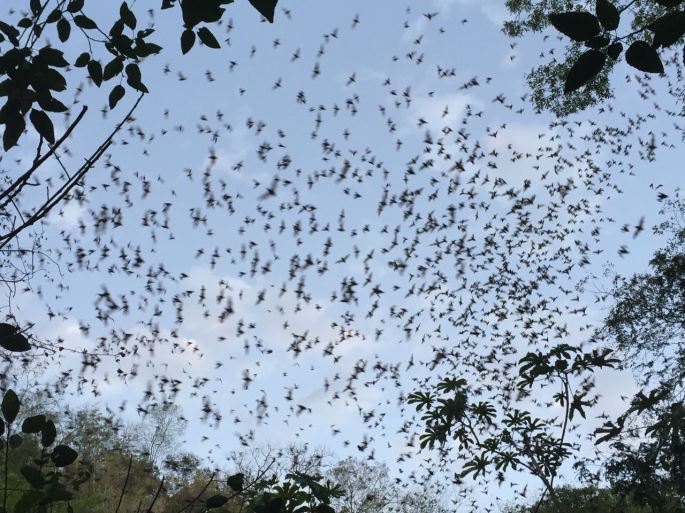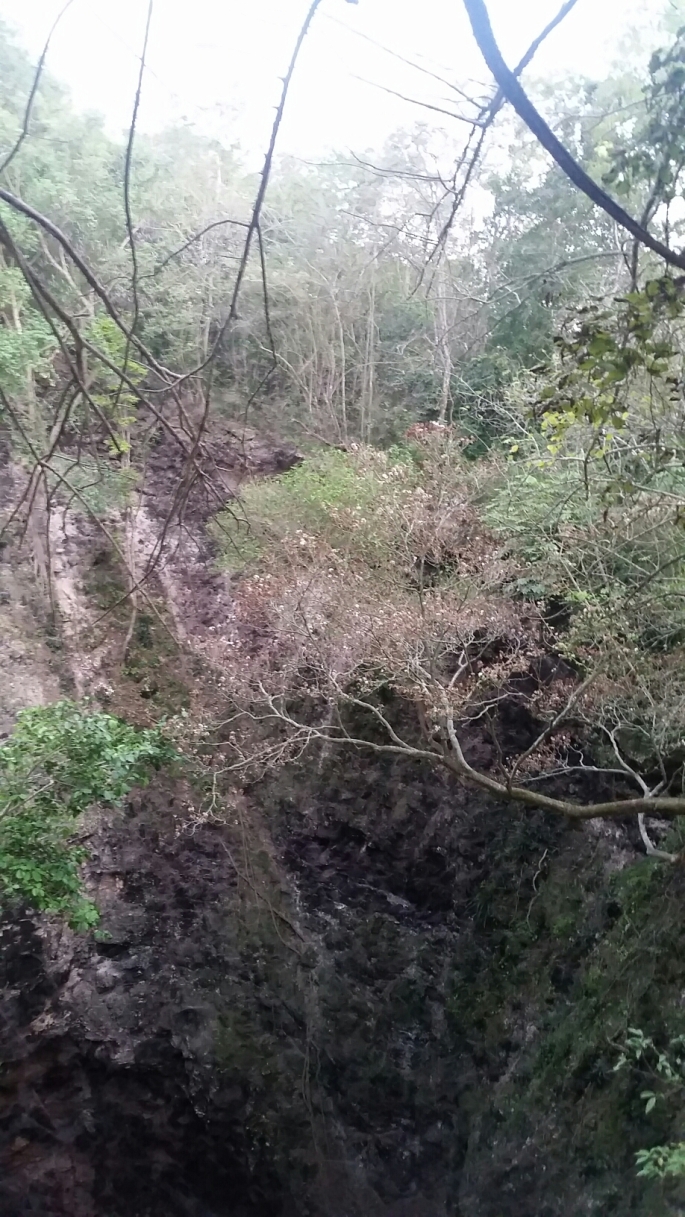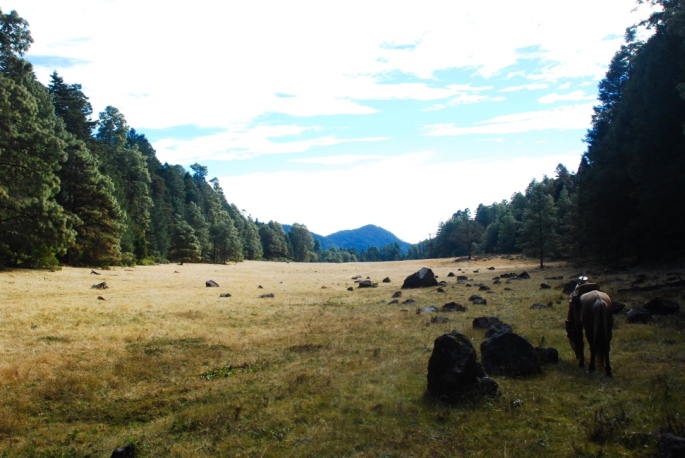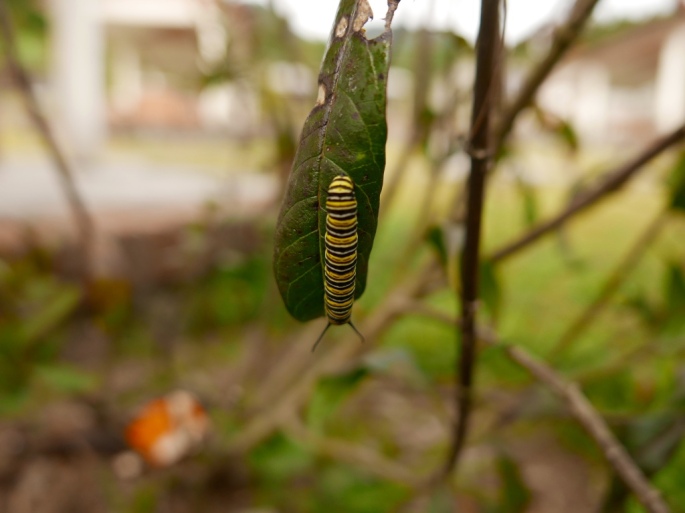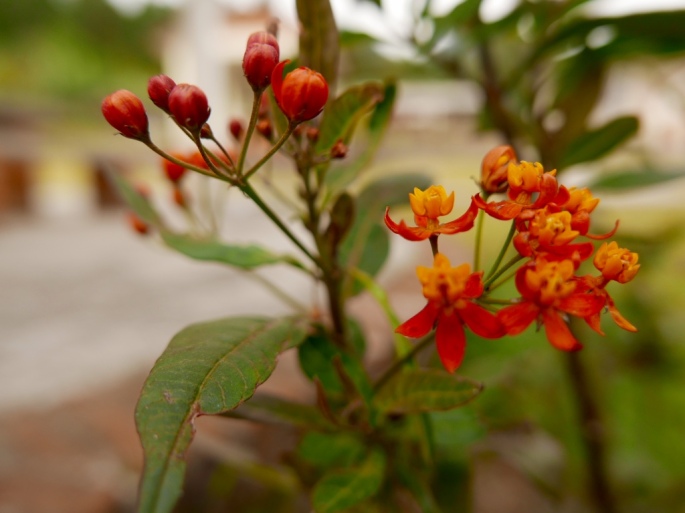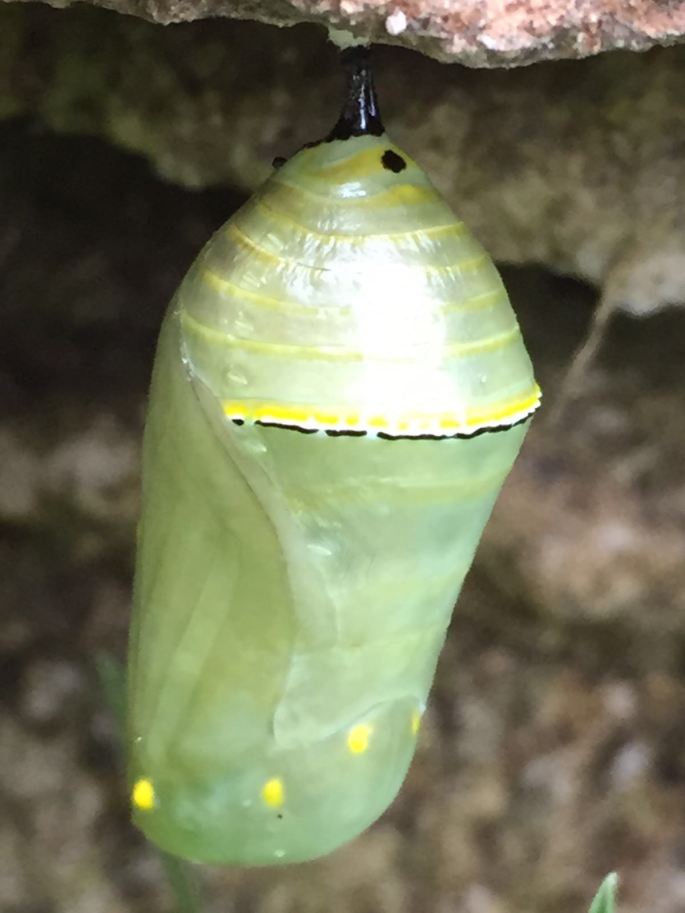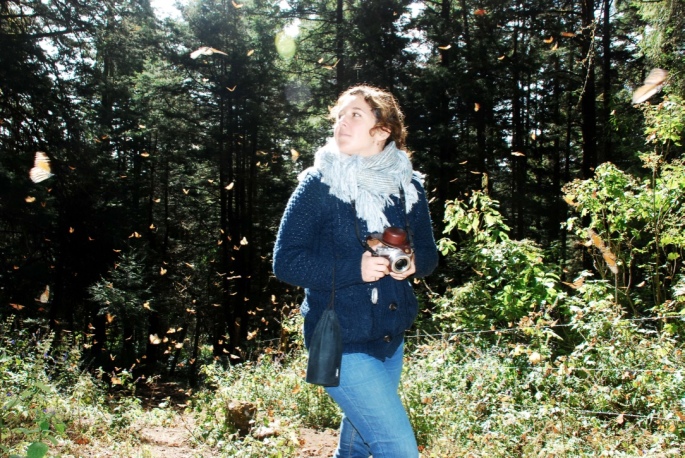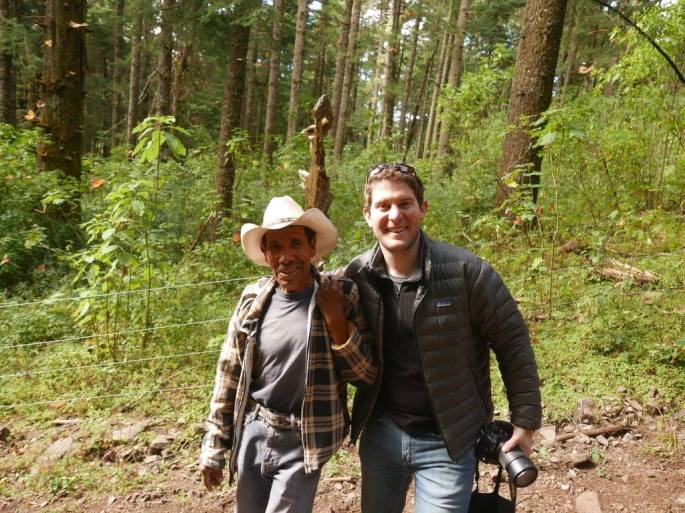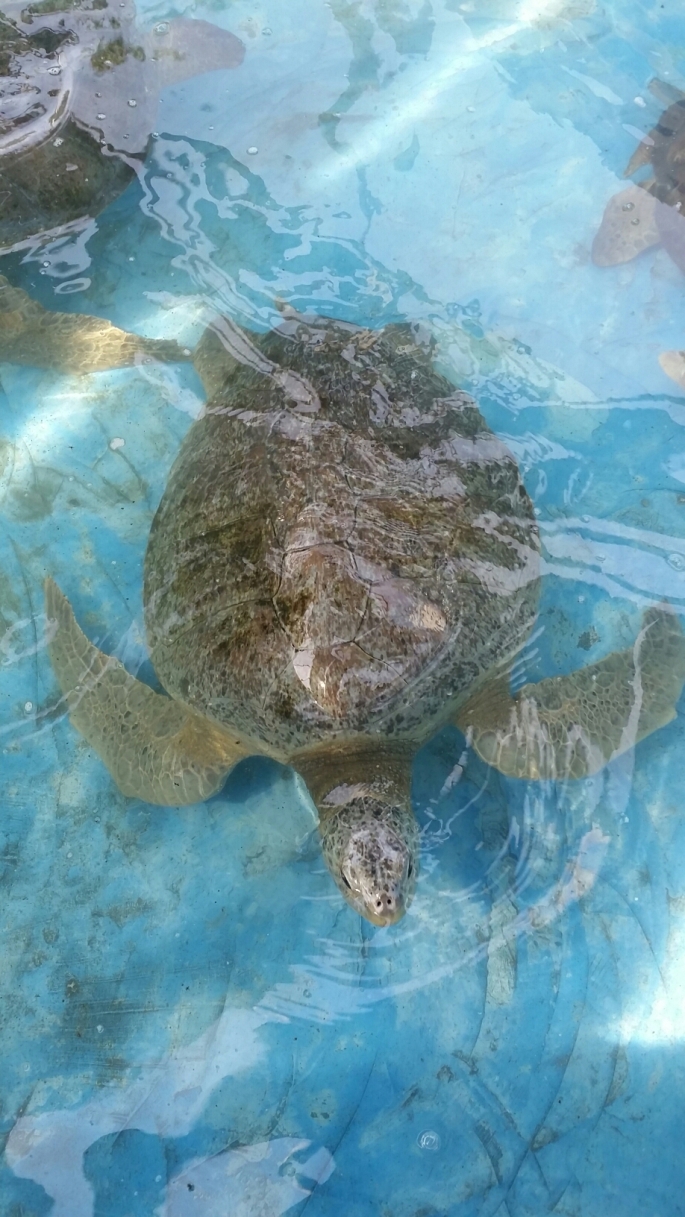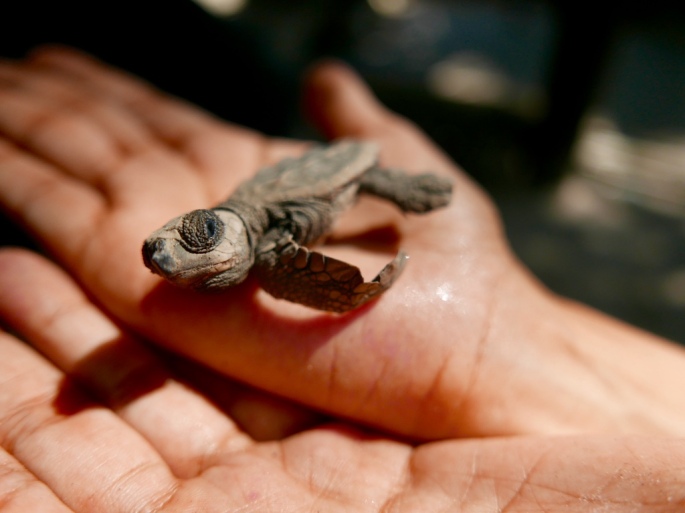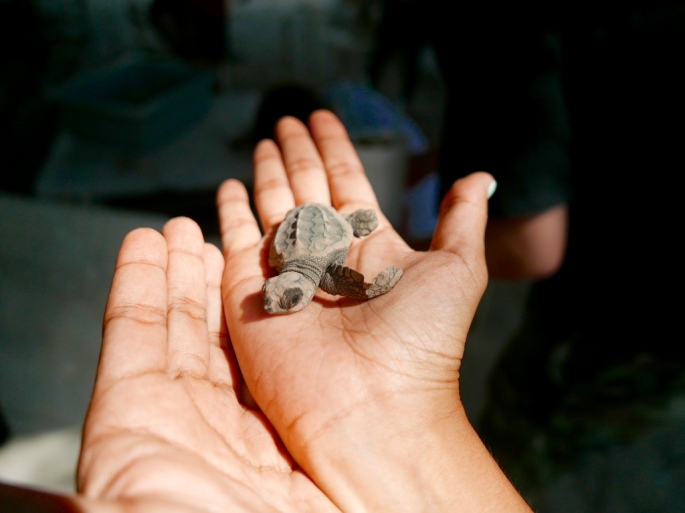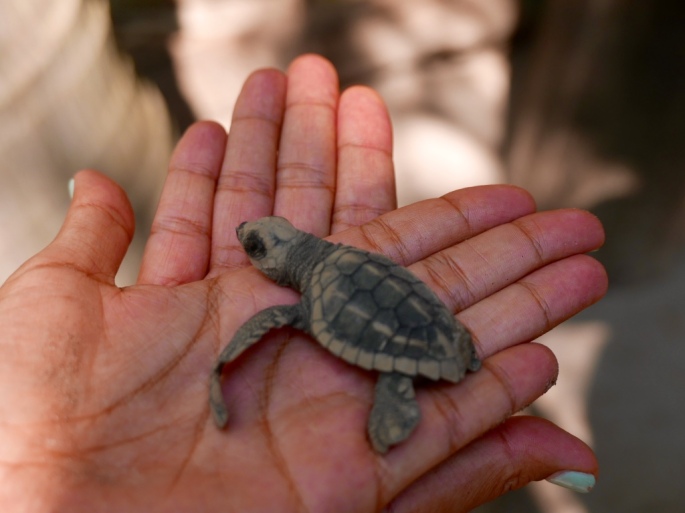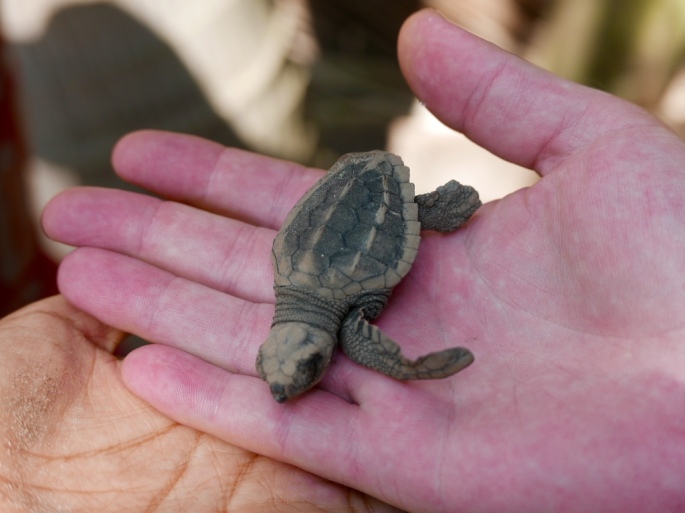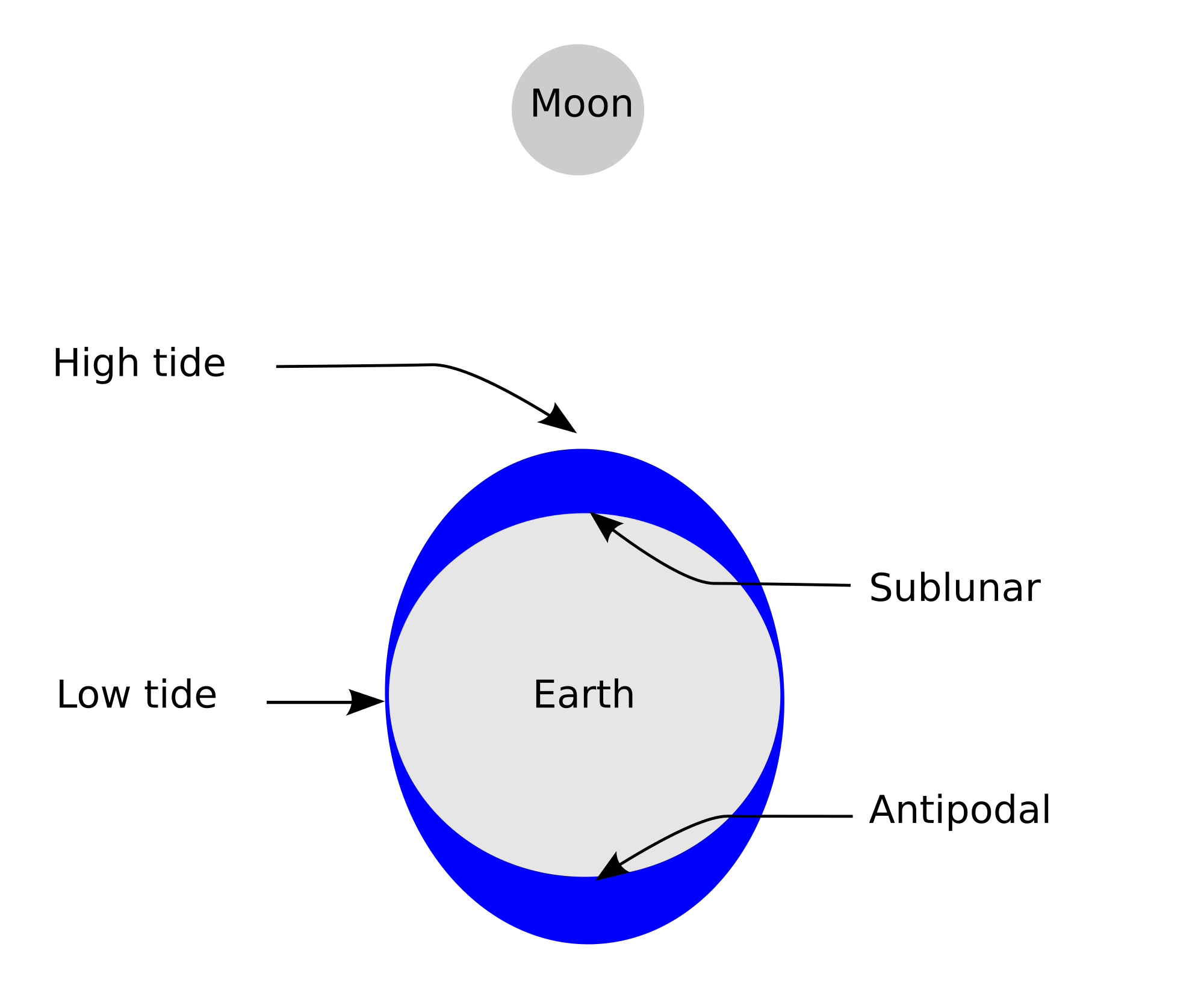Dear Reader,
This is Juanito, a baby Nile crocodile that we found at a protection centre on the Jalisco coast. I bet you think he looks so cute that you might want to hold him and take him home with you.
Remember that sad story of those iguanas that were taken away from Galapagos and suffered a very sad death?
So here I’m appealing to common sense and launching a warning against the ownership of exotic animals as it represents a major issue here in Mexico. Hear me out.
Unlike with tender iguanas, the most obvious constraint associated with crockie care is the obvious gigantic size that adults are capable of reaching; Nile crocodiles (the one I’m holding) is one of them capable of reaching up to 20 feet in length and weighing in at up to one ton!
If stretched out, full grown adult males wouldn’t even fit in your average bedroom. Because I expect most sensible people to have ruled out the larger crocs by now, I will focus on why keeping the readily available baby or dwarf caimans, the smallest members of the Reptilian Order Crocodilia, is still not an option for an overwhelming majority of responsible reptile owners wannabes.
While I am the first to admit that I understand the appeal of holding these absolutely gorgeous animals (I said holding, not owning) that are strangely reminiscent of dinosaurs; there are many reasons why doing so should be avoided by all. Before I get into the cons of croc ownership, I will provide a brief overview of crocodilian biology.
Crocodilian’s have an extremely ancient evolutionary lineage which predates the emergence of the dinosaurs. The first croc like reptiles appeared in the late Triassic Period, some 225 million years ago (though modern groups aren’t found in fossil beds dating older than approximately 80-85 million years ago during the Cretaceous period). Crocs are highly adaptable animals whose amphibious lifestyles and extraordinary ability to withstand long periods without food helped them survive the Cretaceous-Tertiary extinction event responsible for wiping out the dinosaurs some 65.5 million years ago; when an asteroid impact in the Gulf of Mexico had a long-lasting and devastating impact, killing over 75% of animals living at the time, including the dinosaurs. While major extinction events are devastating to the animals unable to adapt to the changing conditions, this extinction event allowed for a massive radiation of the mammals, as well as the crocodilians, to a lesser degree.
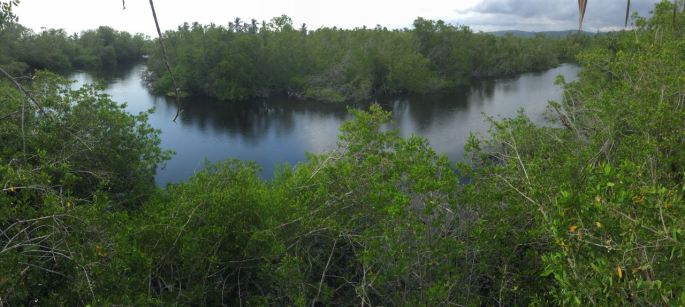
1) Costs:
the housing, feeding habits and veterinary expenses are sure to cost several thousands of dollars throughout the extremely long life span of a crocodile (which have been known to live up to 70 in captivity). Are you prepared to take on a life long commitment to a potentially aggressive animal requiring a significant amount of time, room and money to thrive in captivity?
2) Powerful Bite:
Remember that the title of the most powerful bite in the animal kingdom belongs to a crocodilian; and while the dwarf caiman is a fraction of the size of a saltwater crocodile, they are still deceivingly powerful animals capable of inflicting a serious wound on inexperienced reptile handlers. Only highly experienced reptile handlers (or those learning under the direct supervision of professionals) should physically approach or handle a crocodilian. Regardless of ones experience level, handling should be done minimally as crocodilians are often easily agitated and stressed by handling. Caimans should be fed using tongs or a similar device to distance the handler from the crocodilian during feeding. As I alluded to earlier, crocodilians are highly intelligent reptiles, and can be target trained to make feeding/moving them more manageable. However, to see their cognitive abilities at work, you do NOT need to buy one. There are plenty of related videos on YouTube and many zoological facilities will show the feeding of their crocodilians to the public if you find out what time they are fed before planning your trip.
3) Captive Diet and Nutritional Requirements:
The captive caiman diet should include small invertebrates, fish and varied, appropriately sized frozen/thawed birds and rodents. An adult caimans appetite can be quite voracious, and whole frozen rodents/birds can be expensive if not purchased in bulk. A large part of the crocodilians diet should consist of whole animals to ensure that the caiman can attain the necessary calcium from the prey animals bones. The diet should not be based on just fish, or on chunks of meat/flesh; while those can be supplemental items, the diet should be primarily whole rodents or birds. Feeding live birds or mammals is, as always, NOT recommended as doing so in captivity frequently increases aggression, exaggerates feeding responses and endangers the handler and reptile alike. The diet will also need to be supplemented with a specialized vitamin/mineral mixture with calcium at least once a week to make up for possible gaps in nutrition. Are you sure about this?
4) Legal Implications:
Can you legally own a crocodilian where you live? Are you willing to accept legal accountability of the crocodilian if it bites someone? The legalities associated with crocodilian ownership vary from one state to another; some countries have no regulations regarding the ownership of crocodilians; some allow only smaller species; others require permits; and still others have total bans on private crocodilian ownership with people breaking the law on this and many more matters. Just because you live in a country that doesn’t respect the laws pertaining to private crocodilian ownership doesn’t mean you can. An enormous amount of legal information ought to be considered by all perspective crocodilian owners, especially those without a long history of handling and caring for large, dangerous reptiles.
In conclusion, as nice as it would be if crockies stayed hatchling-sized and remained manageable, it’s simply not the case. Crocodilians get much bigger than most other reptiles kept as pets, and thus require significantly larger enclosures than just about any other animal you’ll find in the exotic reptile trade. They can be dangerous, difficult to predict, aggressive, messy and very expensive/demanding animals to house responsibly. For these reasons, I urge perspective crocodilian owners in the countries where beautiful reptiles hatchlings are frequently seen in exotic reptile shops to steer clear unless they can realistically expect to provide the level of expert care AND the space these animals will require in adulthood.






